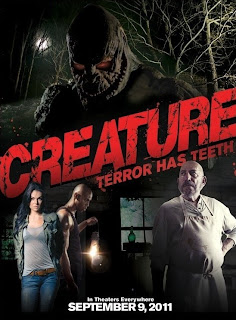It’s interesting to think about the dynamics of men and woman, (when it comes to how many people you’ve had sex with) brought up in the nee romantic comedy “What’s You’re Number?” When a woman has sex with a lot of men she’s viewed as a slut to fellow woman and used goods to other men but when a man has sex with lots of woman he’s viewed as a hero among men and a jerk among woman.
However director Mark Mylod with his writers and producers don’t try and decipher that idea or discuss it more deeply. No sir, “What’s You’re Number?” is for the most part another dumb rom-com. There aren’t any surprises and like most rom coms the last quarter of the film drags because of the inevitability of its structure.
But, what this movie has is Anna Faris. Old fashioned, Playboy good looks along with an over exhaustive, slightly winy voice make the 34-year-old “Scary Movie” actress seem like the quintessential dumb blonde. She’s always played a ditzy and stupid but also sincere character in all her films and she does no different here but much like other actors who are prone to playing the same kind of characters she’s a marvel at it and is very entertaining to watch, whether she’s getting drunk at her sister’s rehearsal dinner or skinny dipping in the harbor.
Faris plays Ally Darling, a woman in crisis. She’s slept with twenty different men and according to a scientific experiment conducted by someone at Harvard twenty is the maximum number of sexual partners a woman should have. She decides to go back through her ex list and try and see if she can make it work with one of them again so she doesn’t go over twenty. While in the process she strikes up a friendship with her womanizing next-door neighbor Colin Shea (a charming and chiseled Chris Evans, still muscle bound from his previous film “Captain America.”), who helps her track down the ex’s.
The script by television writers Gabrielle Allan and Jennifer Crittenden, while not without the usual rom-com gimmicks (a controlling, and kooky mother, or the aforementioned getting drunk at a family gathering) is still consistently funny. A majority of the jokes in context and coming from the raunchy dialogue, exchanged between Ally and her girlfriends or her and Chris. Most of which I can’t say here, unfortunately.
There there were even a few stupid and simple sight gags that made me laugh hard, like when Ally is trying to search for her ex’s online and she comes across a dirty website with a dancing/singing pair of testicles. It’s not great humor but it gets the job done nonetheless.
Ally’s sexual crusade takes her from New York, to DC to Florida, where we get to meet her ex boy friends, usually starting with an amusing flashback showing how they met. To name a few, Anthony Mackie as a wannabe politician who turned gay after going out with her, or Andy Samberg as a geeky, puppeteer. All of the actors do a sufficient job, even though they just play caricatures and are, as with the rest of the humor consistently funny.
Now, we all know where this movie’s going to go. Besides the routine last minute fights and temptations, we know Ally and Colin are going to get together. But that’s what we expect from all romantic comedies, a happy outcome. It’s the journey from point A to point B that makes “What’s Your Number?” worthwhile.
And of course it all goes back to Faris. Her spunky, floosy energy is a lot of fun and with her being an executive producer, a great deal of the humor is geared toward her comedic strengths and as a result steals every scene she’s in. Like when she tries to reconnect with one of her ex’s who’s British and thinks she’s British, so she has to do a fake accent that goes from British to, as she says “Borat.” It goes to show you how much of a difference, an actor can make.




